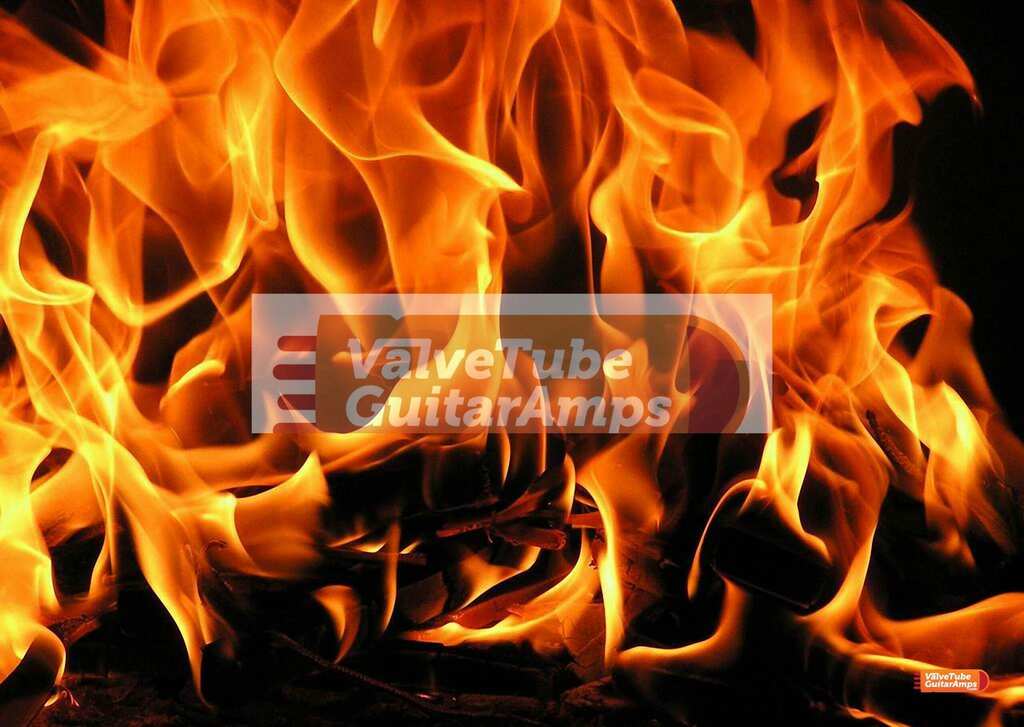Having done a long term test on a JJ Electronic 6L6, and saw that the cathode current remained rock solid over over a period of 48 hours the next valve to be tested was the EL84. The reason for running the valves from new over a period of many hours was to see if burn in provided any advantage when doing matching.
EL84’s are used in many amps such as the Fender Blues Jr, LazyZ and the enduring Vox AC15 and AC30. Mostly using dual and quad EL84’s
EL84’s do get very hot in normal operation so I thought it more likely that they are apt to drift over time.
I tested Russian and Slovakian examples.
I tested a Tung Sol El84 over a period of 24 hours the cathode current was 60mA and after 12 hours was 64 mA.
This is a shift of 6.67 %. Now my concern was that if a pair of EL84 ‘s drifted but in opposite directions then a perfectly matched set could be off by 13% which is not exactly a disaster.
The next test was then with a quad set of JJ Electronic EL84’s which are made in Slovakia. I selected 2 units with a cathode current of 46mA and two with 47mA
Each was tested for 24 hours and results noted. At the start all four were 46mA or 47mA. After 12 hours they were all running at 52mA.
So from the results seen so far. The EL84 /6BQ5 does shift from when being brand new but they all have a cathode current that drifts upwards by a few mA after 12 hours of use. This leads me to the conclusion if they are matched when warmed up after 10 minutes they will still be a good match well into their lives. There is no need for burn in.
Our maximum limit on matching output valves is 4% so this is key to long term overall matching.
It is worth noting though that if you have an amp that has bias adjustment on the EL84 ( not many amps have bias adjustment on the EL84) then it is worth taking into account that the operating current will drift up by 3-5mA after about 12 hours of use.
The next valve we will test test is the popular EL34. Watch out for those results coming soon !
EL84 To Burn in or not to burn in that is the question

